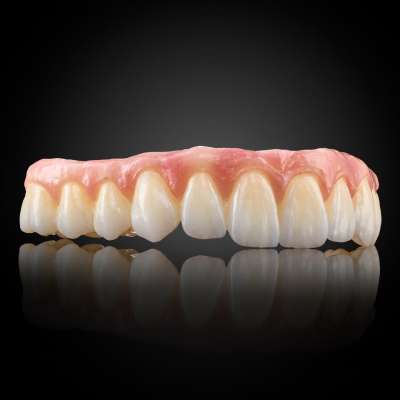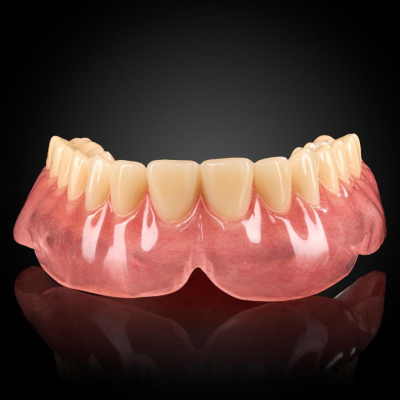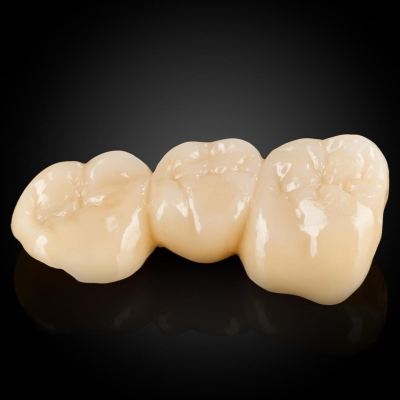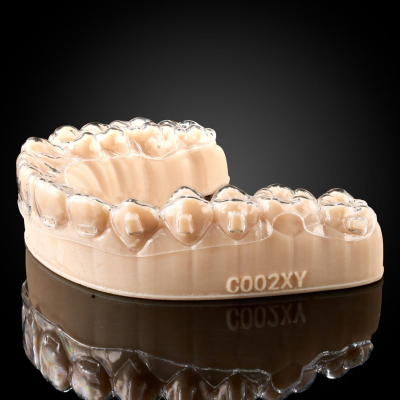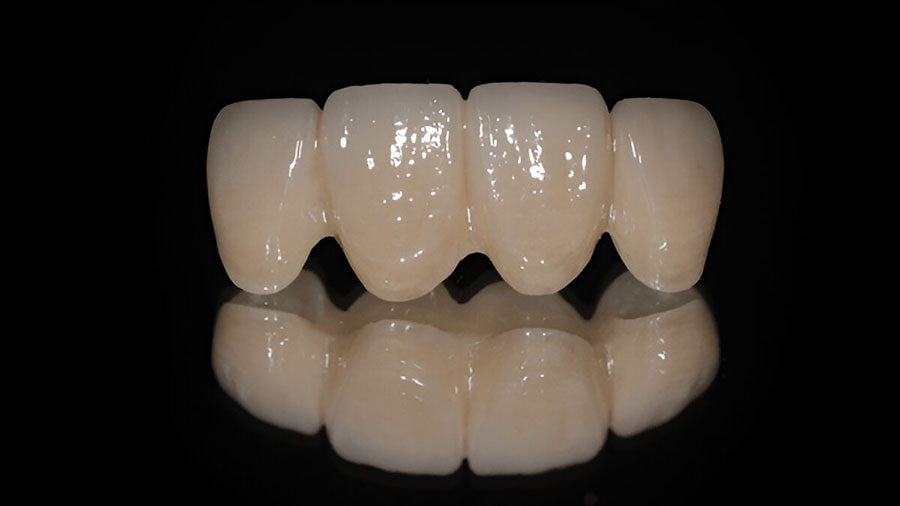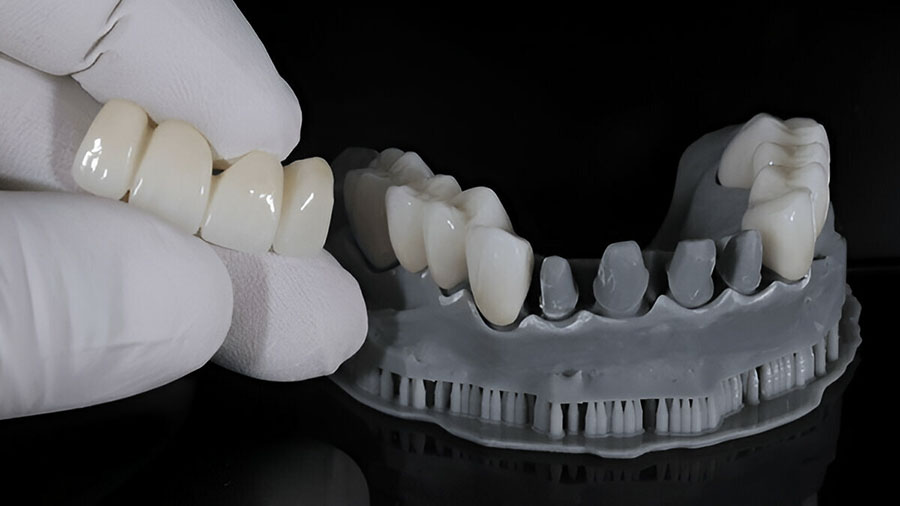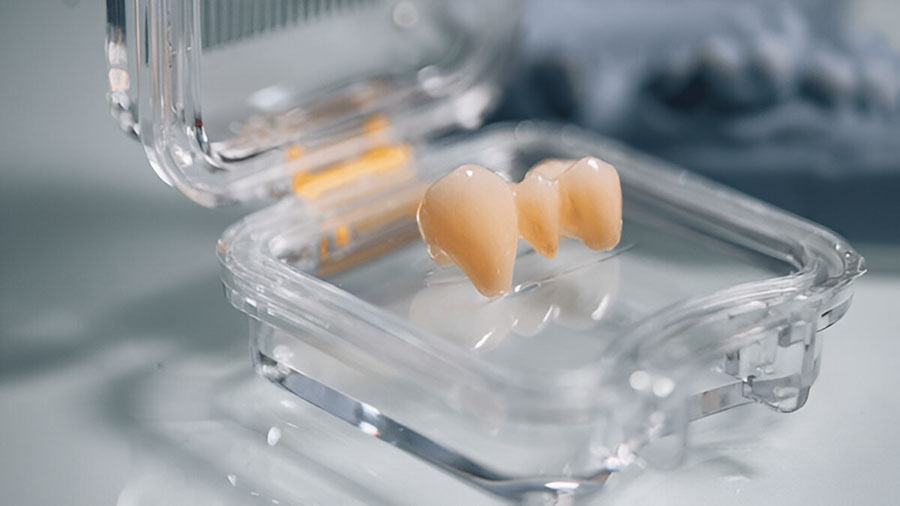3Y-TZP (3 mol% Yttria-stabilized Tetragonal Zirconia Polycrystal) is a high-performance ceramic widely recognized for its exceptional mechanical properties, biocompatibility, and clinical reliability in dental restorations. As the cornerstone of zirconia-based systems, 3Y-TZP has transformed restorative dentistry by combining superior strength with aesthetic versatility. Its unique ability to withstand high stress while resisting crack propagation makes it indispensable for dental frameworks, particularly in challenging clinical scenarios.
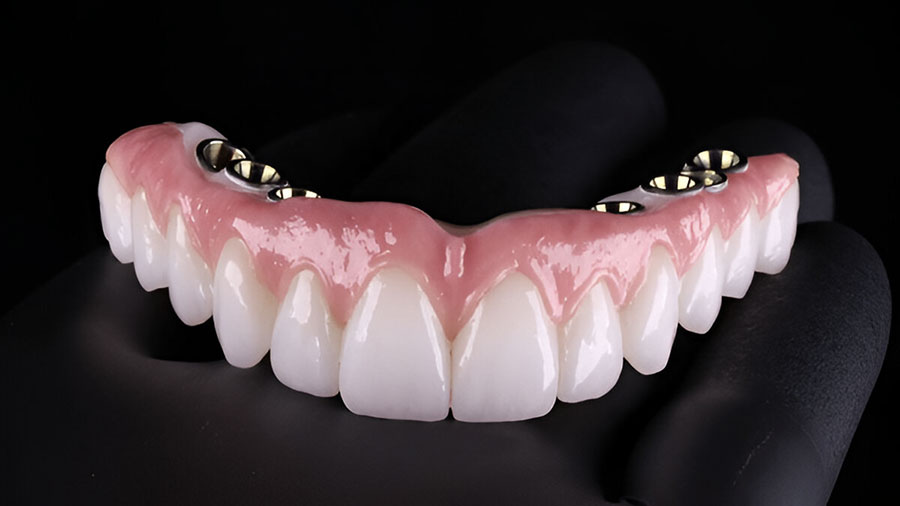
Table of contents [Show]
- What is 3Y-TZP Zirconia?
- Microstructure and Phase Composition
- Mechanical Properties
- Clinical Performance and Applications
- Optical Properties and Aesthetics
- Aging and Long-Term Stability
- Bonding and Cementation
- Manufacturing Techniques
- Future Directions
- Conclusion
- Why Choose XDENT LAB for Zirconia Solutions?
What is 3Y-TZP Zirconia?
3Y-TZP zirconia is primarily composed of zirconium dioxide (ZrO₂) stabilized with 3 mol% yttrium oxide (Y₂O₃). This stabilization ensures the material remains in a metastable tetragonal phase at room temperature, enabling transformation toughening—a mechanism that enhances fracture resistance under stress. The material achieves an optimal balance between mechanical performance, durability, and clinical applicability, making it ideal for crowns, bridges, and implant-supported restorations.
Microstructure and Phase Composition
The microstructure of 3Y-TZP consists of fine tetragonal grains, typically ranging from 0.2 to 0.5 μm in size. This grain refinement contributes to its high strength and toughness. The phase composition includes:
Tetragonal phase: Transformable under stress, essential for toughening.
Non-transformable t'-phase: A cubic-derived phase that influences translucency and mechanical properties.
Processing techniques such as selective laser sintering (SLS) and CAD/CAM milling play a critical role in optimizing the material’s microstructure, ensuring consistency and reliability in dental restorations.
Mechanical Properties

3Y-TZP zirconia is renowned for its outstanding mechanical properties:
Flexural Strength: 900-1200 MPa, making it suitable for high-stress areas like posterior restorations.
Fracture Toughness: 4-6 MPa·m^(1/2), enhanced by transformation toughening.
Elastic Modulus: Approximately 200 GPa, ensuring rigidity and stability.
The material’s transformation toughening mechanism involves stress-induced tetragonal-to-monoclinic phase transformation, creating compressive stresses that arrest crack propagation. However, surface treatments like grinding or air abrasion can affect these properties, underscoring the importance of proper handling protocols.
Clinical Performance and Applications
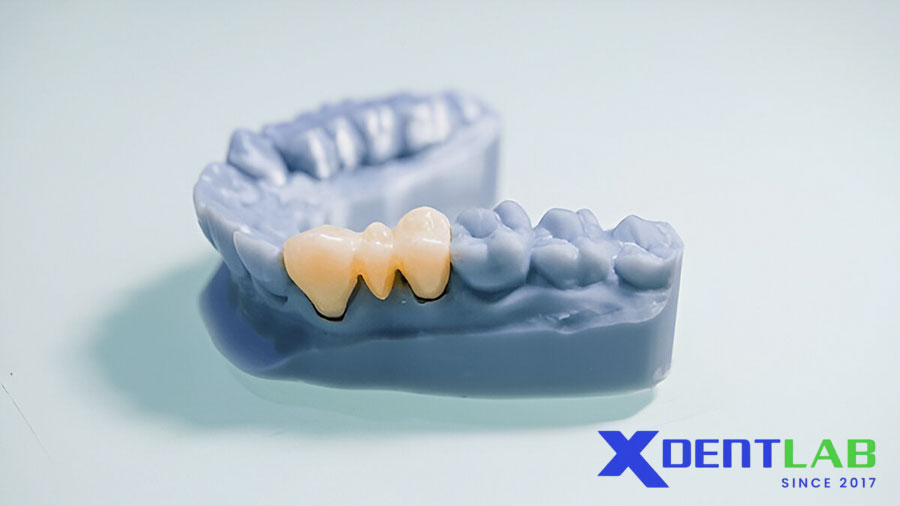
Fixed Dental Prostheses
3Y-TZP zirconia is widely used for single crowns and multi-unit bridges due to its strength and reliability:
Survival Rates: Clinical studies report >95% survival at 5 years.
Second-generation materials: Improved translucency through smaller grain sizes and reduced alumina content.
Implant-Supported Restorations
The material’s biocompatibility and mechanical strength make it ideal for implant abutments and hybrid designs, offering superior aesthetics and reduced bacterial adhesion compared to titanium alternatives.
Recent Developments
Advancements in additive manufacturing (e.g., 3D printing) have demonstrated comparable mechanical properties to conventionally processed materials, enabling greater customization and complex geometries without compromising performance.
Optical Properties and Aesthetics
Traditional 3Y-TZP zirconia has been criticized for its limited translucency. However, recent innovations have significantly improved its aesthetic appeal:
High-translucency variants: Achieved by reducing alumina content and optimizing grain size.
Second-generation materials: Enhanced light transmission and natural tooth-like appearance.
Balancing translucency and strength remains a critical consideration in material selection, particularly for anterior restorations where aesthetics are paramount.
Aging and Long-Term Stability
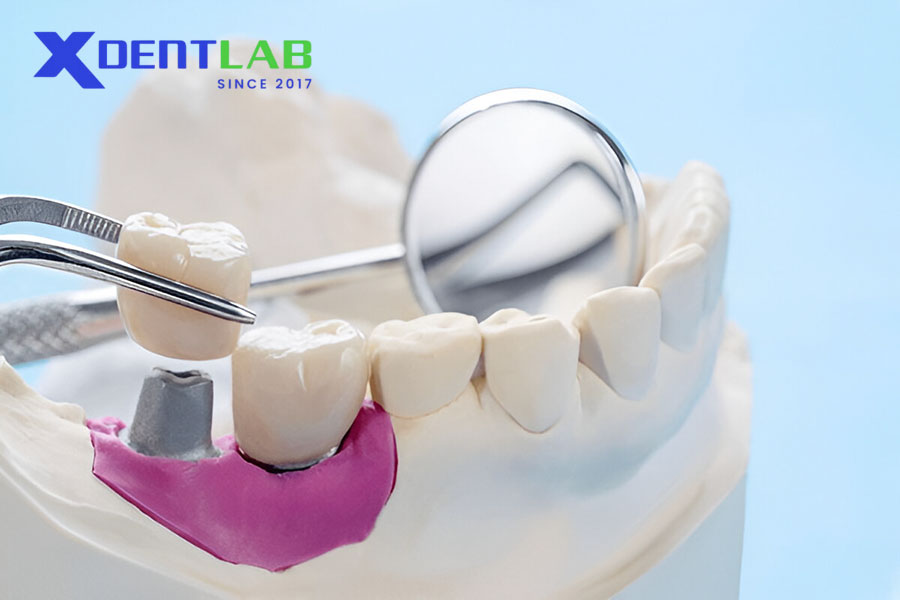
Low-Temperature Degradation (LTD)
One of the primary concerns with 3Y-TZP zirconia is hydrothermal aging:
Process: Exposure to moisture at body temperature triggers slow tetragonal-to-monoclinic transformation.
Impact: Surface roughening, reduced strength, and compromised longevity.
Solutions: Recent formulations focus on improving aging resistance through grain size optimization and stabilizer modifications.
Bonding and Cementation
Proper bonding protocols are essential for clinical success:
Surface Preparation: Air abrasion with aluminum oxide particles enhances bond strength by creating micro-retentions.
Cementation: Resin cements containing MDP (10-Methacryloyloxydecyl dihydrogen phosphate) are recommended for reliable chemical bonding.
Alternative surface treatments, including acid etching and tribochemical coating, have been explored, though their effectiveness varies depending on the clinical scenario.
Manufacturing Techniques
Conventional Methods
CAD/CAM milling from pre-sintered blocks remains the most common method for processing 3Y-TZP zirconia. This technique ensures precise fit and predictable outcomes.
Additive Manufacturing
Emerging technologies like selective laser sintering (SLS) and 3D printing are revolutionizing zirconia fabrication by enabling complex geometries, reduced material waste, and faster production cycles.
Novel Composites
Research into zirconia-metal composites aims to enhance toughness while maintaining aesthetic and mechanical properties, offering exciting possibilities for future applications.
Future Directions

Research Focus
Ongoing research aims to:
Optimize translucency: Balancing aesthetics and strength for anterior applications.
Enhance aging resistance: Developing formulations that resist LTD while maintaining clinical performance.
Improve bonding protocols: Simplifying surface treatments for better adhesion.
Explore manufacturing advancements: Integrating additive manufacturing for greater customization and efficiency.
Clinical Trends
Digital workflows, including AI-assisted design and intraoral scanning, are shaping the future of zirconia applications. Minimally invasive techniques, such as ultra-thin restorations and no-prep veneers, are gaining popularity for their conservative approach and aesthetic outcomes.
Conclusion
3Y-TZP zirconia remains a foundational material in dental ceramic frameworks, offering unparalleled mechanical strength, biocompatibility, and clinical reliability. While challenges such as translucency and aging persist, ongoing research and technological advancements continue to address these limitations, ensuring its relevance in modern restorative dentistry.
At XDENT LAB, we leverage cutting-edge technology and expert craftsmanship to deliver high-quality zirconia solutions tailored to meet the needs of dental practices worldwide. Our commitment to compliance, innovation, and precision makes us the trusted choice for dental labs seeking consistent, reliable results.
Why Choose XDENT LAB for Zirconia Solutions?
FDA & ISO Certification: Ensuring compliance with U.S. market standards.
Lab-to-Lab Expertise: Seamless outsourcing solutions for dental labs.
State-of-the-Art Technology: Advanced manufacturing techniques for superior quality.
Global Reach: Trusted by dental practices worldwide.
Let XDENT LAB help you elevate your practice with reliable, high-performance zirconia solutions. Contact us today!
XDENT LAB is an expert in Lab-to-Lab Full Service from Vietnam, with the signature services of Removable & Implant, meeting U.S. market standards – approved by FDA & ISO. Founded in 2017, XDENT LAB has grown from local root to global reach, scaling with 2 factories and over 100 employees.. Our state-of-the-art technology, certified technicians, and commitment to compliance make us the trusted choice for dental practices looking to ensure quality and consistency in their products.
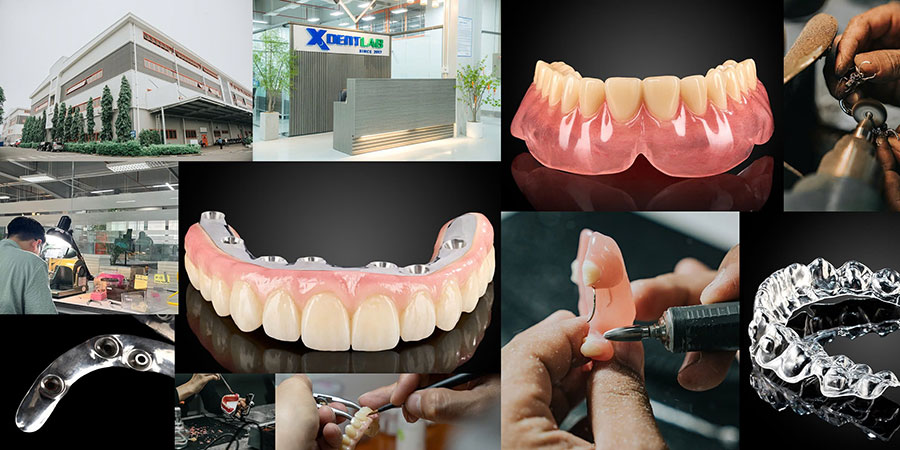
Our commitments are:
100% FDA-Approved Materials.
Large-Scale Manufacturing, high volume, remake rate < 1%.
2~3 days in lab (*digital file).
Your cost savings 30%.
Uninterrupted Manufacturing 365 days a year.
Contact us today to establish a strategy to reduce operating costs.
--------❃--------
Vietnam Dental Laboratory - XDENT LAB
🏢 Factory 1: 95/6 Tran Van Kieu Street, Binh Phu Ward, Ho Chi Minh City, Vietnam
🏢 Factory 2: Kizuna 3 Industrial Park, Can Giuoc Commune, Tay Ninh Province, Vietnam
☎ Hotline: 0919 796 718 📰 Get detailed pricing

